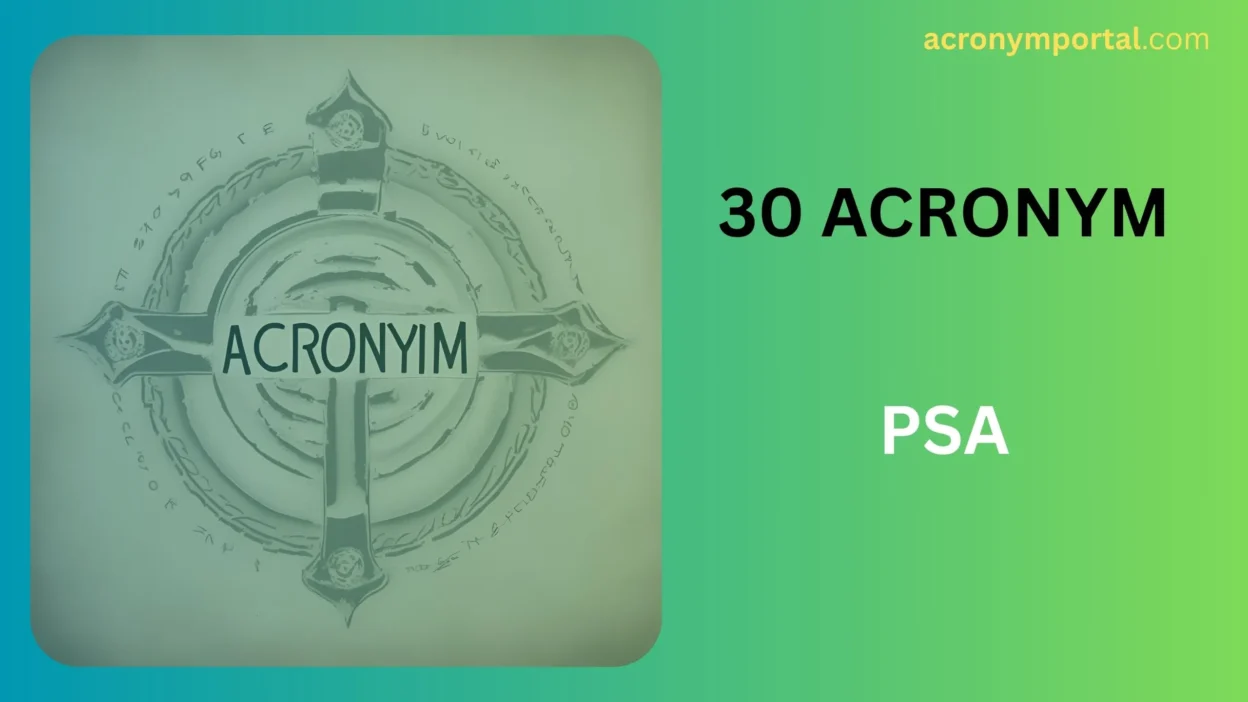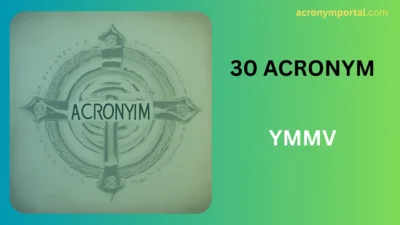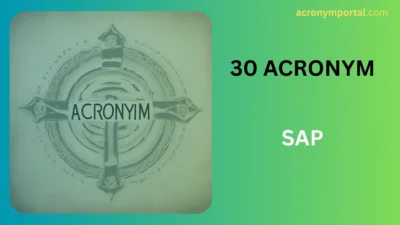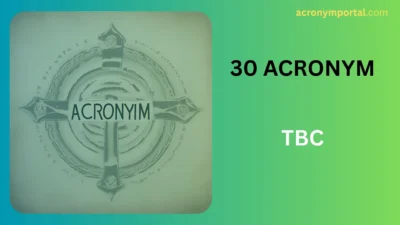You’ve probably seen the acronym PSA pop up on social media, in group chats, or at the beginning of an important announcement. Short for “Public Service Announcement,” a PSA is typically a brief, informative message designed to raise awareness, share guidance, or give a heads-up — usually for the public good.
While its origins are rooted in government and media campaigns (like health or safety warnings), PSA has evolved to cover everything from funny reminders to urgent alerts on the internet.
📢 What Does “PSA” Really Mean?
- An alert, tip, or notice for others
- A heads-up for the public or your followers
- A helpful or serious message meant to inform
PSAs can be formal or casual, depending on context. For example:
- Formal: “PSA: Smoking increases your risk of lung cancer.”
- Casual: “PSA: Don’t microwave your coffee in a metal cup.”
It’s a versatile tool to get attention and share something important — or at least useful.
🗂️ 30 Alternatives to “PSA” and When to Use Them
Here are 30 alternatives to the PSA acronym, each with a brief explanation, an example sentence, and a suggestion for when it’s most appropriate to use.
1. Heads-up
Example: Heads-up: There’s a roadblock on 5th Avenue.
Use when: Giving friendly warnings or updates.
2. FYI (For Your Information)
Example: FYI, the password was changed this morning.
Use when: Sharing helpful or procedural info.
3. Reminder
Example: Reminder: Deadline is tomorrow at noon.
Use when: Recapping something people may forget.
4. Just so you know
Example: Just so you know, that restaurant closed last month.
Use when: Giving info people may not be aware of.
5. Important notice
Example: Important notice: The system will be offline at 10 PM.
Use when: Formal announcements or official updates.
6. Take note
Example: Take note: Parking is limited during the festival.
Use when: Directing attention to details or warnings.
7. Message to all
Example: Message to all: Don’t forget your ID badges.
Use when: Addressing a group or audience.
8. Quick announcement
Example: Quick announcement: The event is moving indoors.
Use when: Informal yet public messages.
9. Public alert
Example: Public alert: High winds expected tonight.
Use when: Weather, emergencies, or safety concerns.
10. Notice
Example: Notice: The cafeteria will be closed on Friday.
Use when: Posting rules or policies.
11. Attention everyone
Example: Attention everyone: Please keep the hallways clear.
Use when: Getting group attention quickly.
12. Be advised
Example: Be advised: The new policy starts Monday.
Use when: Sharing formal instructions or warnings.
13. Alert
Example: Alert: New scam calls are targeting students.
Use when: Addressing risk or safety issues.
14. News flash
Example: News flash: Free donuts in the break room!
Use when: Mixing urgency with excitement or humor.
15. Broadcast
Example: Broadcast: Server maintenance from 1–3 AM.
Use when: Tech or system-wide announcements.
16. Word to the wise
Example: Word to the wise: Don’t skip the fine print.
Use when: Giving advice or tips subtly.
17. Note this
Example: Note this: Only 5 spots left in the workshop.
Use when: Flagging limited-time details.
18. Gentle reminder
Example: Gentle reminder: Silence your phones before the session.
Use when: Being polite while nudging.
19. Worth noting
Example: Worth noting: This model doesn’t support 5G.
Use when: Sharing useful context without sounding pushy.
20. Bulletin
Example: Bulletin: Community clean-up this Saturday.
Use when: Community or organizational updates.
21. Announcement
Example: Announcement: We’re launching a new product next week.
Use when: Making formal or public declarations.
22. Just a tip
Example: Just a tip: Save often when editing videos.
Use when: Offering light, helpful suggestions.
23. Quick tip
Example: Quick tip: Restart your router if Wi-Fi drops.
Use when: Sharing short advice or hacks.
24. In case you missed it (ICYMI)
Example: ICYMI: The event starts an hour earlier this year.
Use when: Re-sharing or re-highlighting old info.
25. Caution
Example: Caution: Wet floors near the entrance.
Use when: Urgent or safety-related warnings.
26. Heads-up alert
Example: Heads-up alert: HR will be reviewing attendance this month.
Use when: Adding urgency to casual reminders.
27. Just putting this out there
Example: Just putting this out there — Mondays are rough, and coffee helps.
Use when: Light, conversational updates or opinions.
28. Update
Example: Update: The schedule has been revised.
Use when: Sharing changed or new info.
29. Friendly notice
Example: Friendly notice: The office will be deep-cleaned over the weekend.
Use when: Keeping the tone soft but informative.
30. Important tip
Example: Important tip: Back up your files before updating the OS.
Use when: Offering essential how-to or warning advice.
🎯 How to Choose the Right PSA Alternative
| Tone | Try These Alternatives |
| Casual/Friendly | “Heads-up,” “Just a tip,” “FYI” |
| Formal/Official | “Important notice,” “Be advised,” “Announcement” |
| Urgent/Safety | “Alert,” “Caution,” “Public alert” |
| Encouraging | “Quick tip,” “Word to the wise,” “Friendly notice” |
| Social Media | “ICYMI,” “News flash,” “Just putting this out there” |
Choosing the right alternative helps set the tone and urgency of your message. A friendly “heads-up” lands very differently than an all-caps “ALERT.”
✍️ Final Thoughts
The acronym PSA is short, sharp, and attention-grabbing — but it’s not the only way to deliver a helpful heads-up. With these 30 alternatives, you can adapt your message to any tone, from casual group chats to formal office updates.
So next time you have something important (or even just helpful) to say, try mixing it up with a phrase that matches your audience, urgency, and style.
—
Want more acronym breakdowns like this one? Keep reading the series for more ways to enrich your communication — one acronym at a time.




